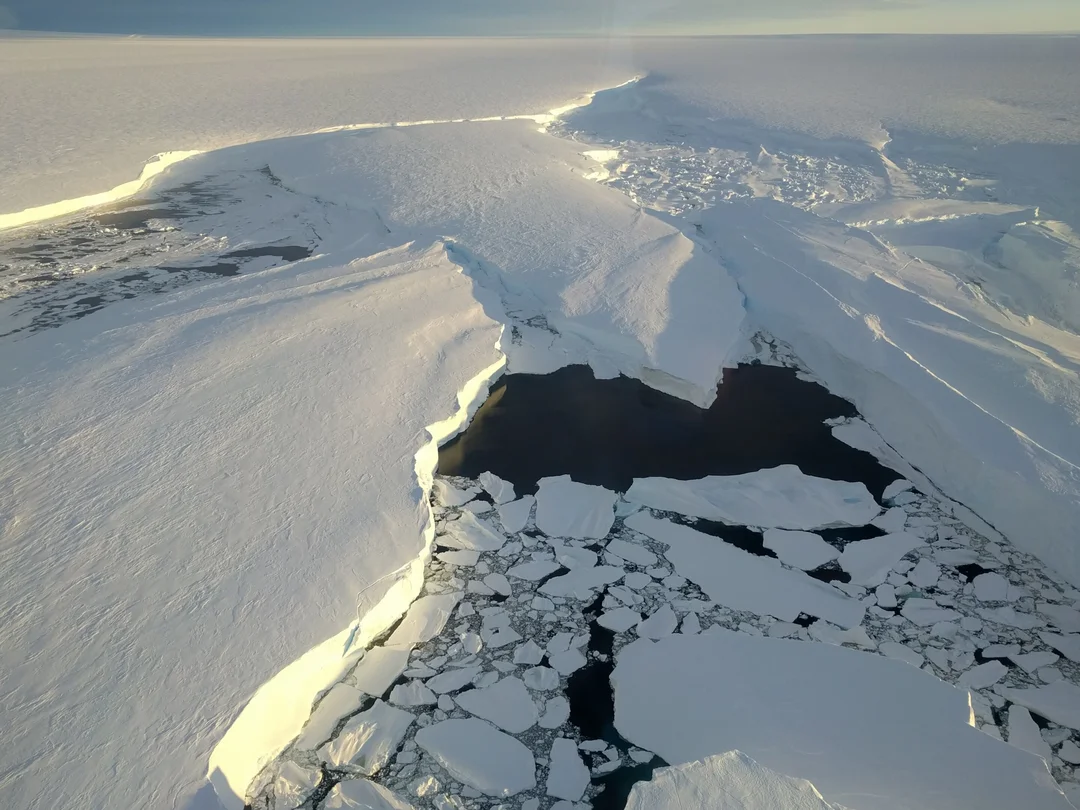
Antarctic Glacier Caught in Act of ‘Ice Piracy’: How Satellites Uncovered a Rapid Shift in Ice Flow
Scientists have made a startling discovery in Antarctica: a glacier is actively stealing ice from its neighbor in a process dubbed 'ice piracy'. Thanks to high-resolution satellite data from missions like Copernicus Sentinel-1 and ESA's CryoSat, researchers have observed this phenomenon occurring at a pace never before seen, challenging previous assumptions about glacial dynamics.
The research, published in The Cryosphere, reveals that the fast-flowing Kohler East Glacier in West Antarctica has been siphoning ice from the slower-moving Kohler West Glacier. What makes this finding particularly significant is the speed at which this 'ice piracy' is taking place. Until now, scientists believed such processes occurred over hundreds or even thousands of years.

"Astonishingly, thanks to satellite data, we can see that this is happening in less than 18 years," said Dr Heather Selley, lead author from the University of Leeds. "Whereas we’ve always thought it was this extremely long, slow process."
The study examined ice velocity data from 2005 to 2022 in the Pope-Smith-Kohler (PSK) region of West Antarctica. Researchers tracked the movement of surface features like crevasses using satellite imagery. Interestingly, while most glaciers in the region sped up, Kohler West actually slowed down by 10%.
"We think that this slowdown is because Kohler West also seems to have changed direction and flowed towards its neighbour, Kohler East," Dr Selley explained. "Because Kohler East’s ice stream is flowing and thinning faster as it travels, it absorbs, or ‘steals’ ice from the slower-moving Kohler West."

This 'ice piracy' has substantial implications for the stability of the region. The grounding line – the point where glaciers transition to floating ice shelves – in the PSK region is retreating, indicating instability. Ice flowing from the Pope, Smith, and Kohler Glaciers feeds into the Dotson and Crosson Ice Shelves, which ultimately impact sea levels.
"Our results suggest that ice flow redirection is an important new process in contemporary ice-sheet dynamics," said Professor Anna Hogg, also from the University of Leeds. "The data reveal previously unobserved interactions between floating ice shelves and grounded ice sheets, which will affect future sea-level rise."
Dr Martin Wearing, ESA Polar Science Cluster Coordinator, emphasized the critical role of satellites in monitoring these changes. "This new study highlights the unique ability of satellites to provide both the temporal and spatial coverage required to assess change in the polar regions."
The discovery of rapid 'ice piracy' underscores the complex and dynamic nature of Antarctic glaciers. Understanding how these processes unfold is crucial for refining projections of future sea-level rise. This research adds another layer of understanding of how quickly the Antarctic icesheet dynamic can change.
What other unexpected processes might be unfolding beneath the Antarctic ice? Share your thoughts and insights in the comments below!